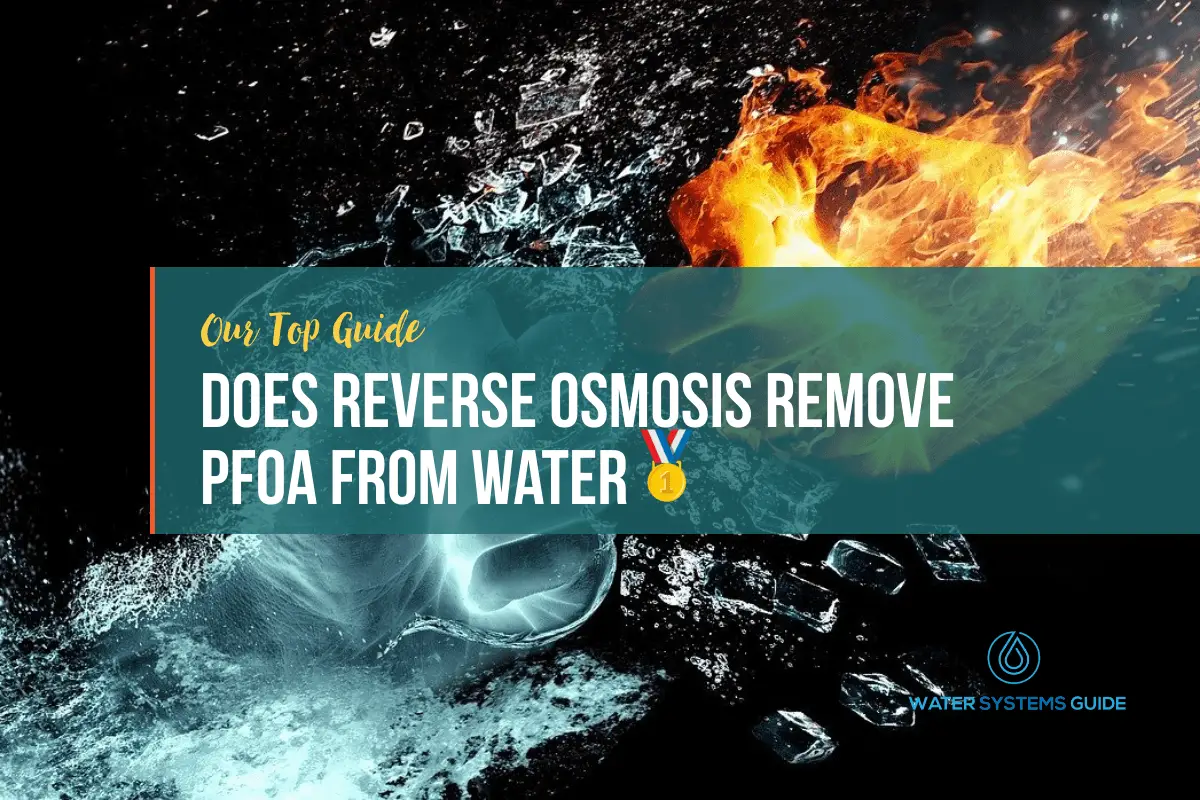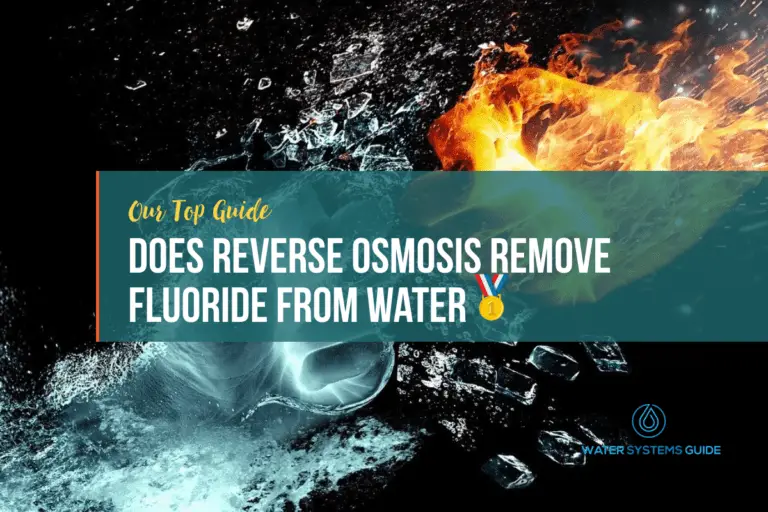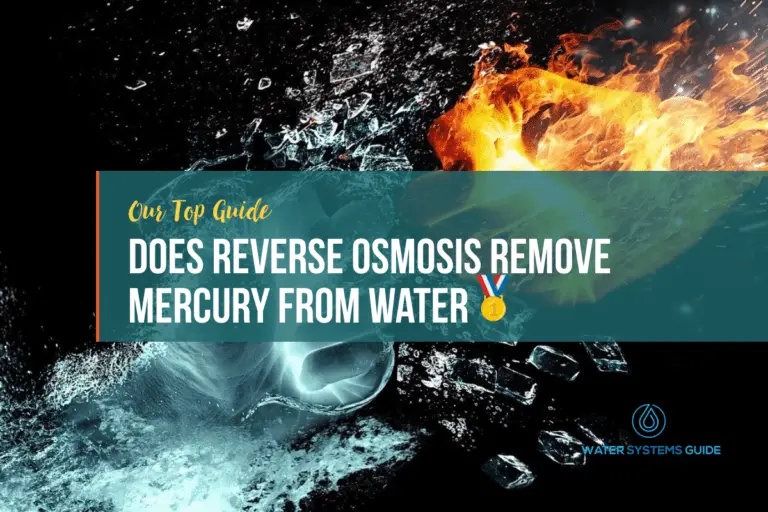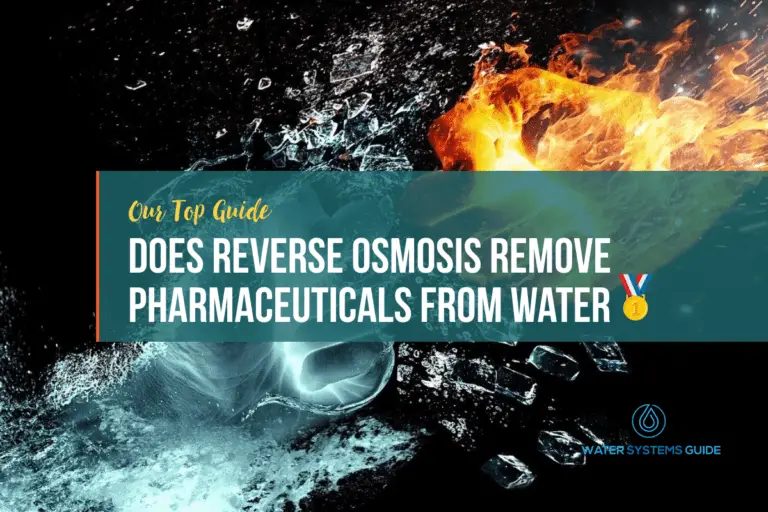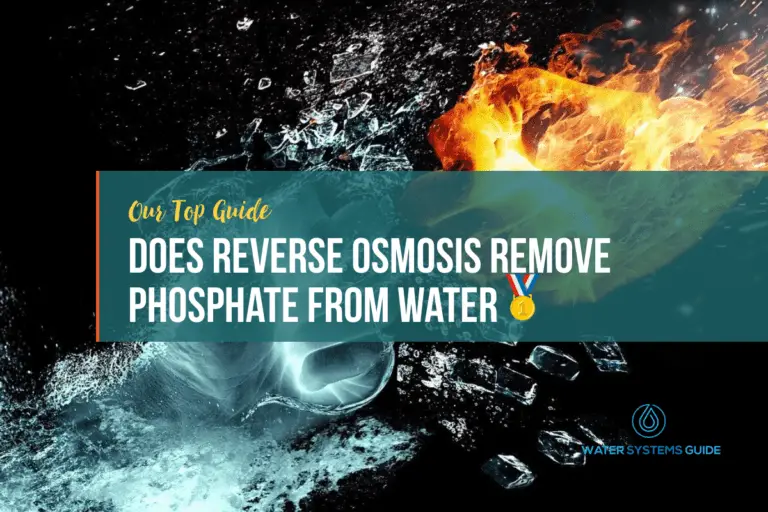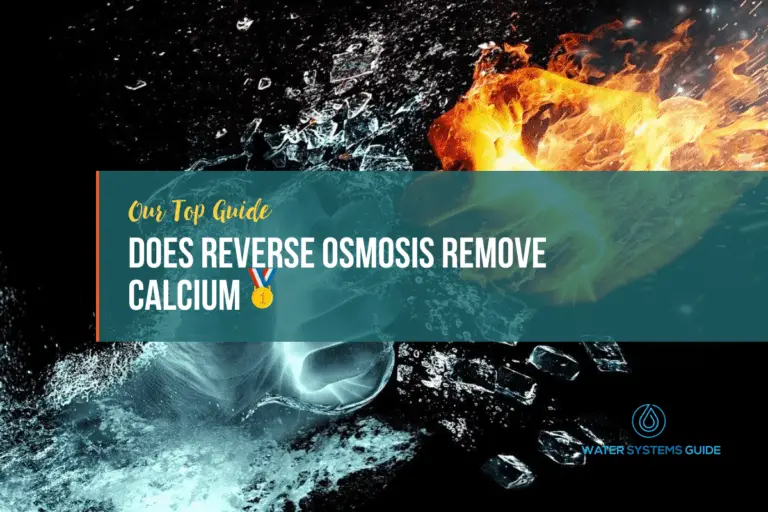Does Reverse Osmosis Remove PFOA From Drinking Water
How Does Reverse Osmosis Work?
What is PFOA and where is it used?
PFOA is a synthetic fluorochemical (part of the class of chemicals referred to as PFAS) used in industrial and commercial applications. It is also known as C8 because it has eight carbon atoms.
It has been manufactured since the 1940s and is used in the production of fluoropolymers, which are used in non-stick cookware, stain-resistant fabrics and carpets, and other products.
PFOA has been detected in the blood of people around the world, raising concerns about its potential health effects.
How Does PFOA Enter Our Municipal Water Supplies?
There are a few ways that PFOA can enter our municipal water supplies. One way is through the discharge of wastewater from industries that use or produce PFOA.
Another way is through the release of PFOA-containing chemicals from landfills or other sites where these chemicals have been disposed of.
Additionally, PFOA can enter water supplies through the use of certain types of firefighting foam, which may be used in training exercises near water bodies.
Once in the water supply, PFOA can travel long distances and contaminate drinking water wells.
PFOA’s Impact on Human Health
Although it is no longer manufactured in the United States, PFOA is still present in the environment and can be found in the blood of nearly all Americans.
PFOA has been classified as a “likely human carcinogen” by the U.S. Environmental Protection Agency (EPA) and has been linked to several health effects, including thyroid disease, kidney cancer, testicular cancer, and pregnancy-induced hypertension.
In addition, PFOA exposure has been shown to affect immune system function and increase cholesterol levels in children.
Does Reverse Osmosis Remove PFOA?
PFOA is a fluorinated organic chemical that is used in the production of non-stick coatings and is found in many consumer products. PFOA has been linked to health problems, including cancer.
Fortunately, high-pressure membranes (such as nanofiltration and RO) can be effective at reducing PFOA levels in water.
What Does Reverse Osmosis Remove?
A reverse osmosis filter system also removes other contaminants from water, including fluoride, chloride, calcium, arsenic, chloramine, heavy metals, pesticides, and pharmaceuticals.
Unfortunately, RO does remove healthy minerals in water, such as magnesium, sodium, potassium, and calcium
While most municipal water supplies in the United States are required to meet strict safety standards set by the Environmental Protection Agency (EPA), trace amounts of these and other contaminants can still end up in tap water. That’s why many people use reverse osmosis filtration systems to further purify their drinking water.
How Can Your Remove PFOA From Water?
There are a few ways that you can go about removing PFOA and other harmful contaminants from your water supply. One way is to use a water filter.
According to the Environment Protection Agency, the most effective ways include using granular activated carbon, ion exchange resins, and high-pressure membrane systems.
When it comes to using a high-pressure membrane, this can be through RO or nanofiltration, we’ve included some specific information from the EPA regarding this:
“High-pressure membranes, such as nanofiltration or reverse osmosis, have been extremely effective at removing PFAS (PFOA & PFOS). Reverse osmosis membranes are tighter than nanofiltration membranes. This technology depends on membrane permeability. A standard difference between the two is that a nanofiltration membrane will reject hardness to a high degree, but pass sodium chloride; whereas reverse osmosis membrane will reject all salts to a high degree. This also allows nanofiltration to remove particles while retaining minerals that reverse osmosis would likely remove.”
Whatever method you choose, if you’re purchasing a product/system, it’s important to confirm with the manufacturer that it does indeed filter out PFOA.
How Do I Know If My Water Is Contaminated With PFOA?
There are a few ways to test for the presence of PFOA in your water. The most common method is to have your water tested by a certified lab.
You can also look for signs of PFOA contamination, such as an unusual taste or odor in your water, or staining on your plumbing fixtures.
If you suspect that your water may be contaminated with PFOA, contact your local water utility or health department for more information.
Conclusion
In conclusion, does reverse osmosis remove PFOA compounds? Yes, it does, alongside a few of the other methods described above.
Therefore, if you’ve tested your water supply and know that there is PFOA present, it’s recommended to use one of the following solutions, which include granular activated carbon, ion exchange resins, and high-pressure membrane systems (nanofiltration or RO). All of which are designed specifically to remove PFOA from drinking water.

